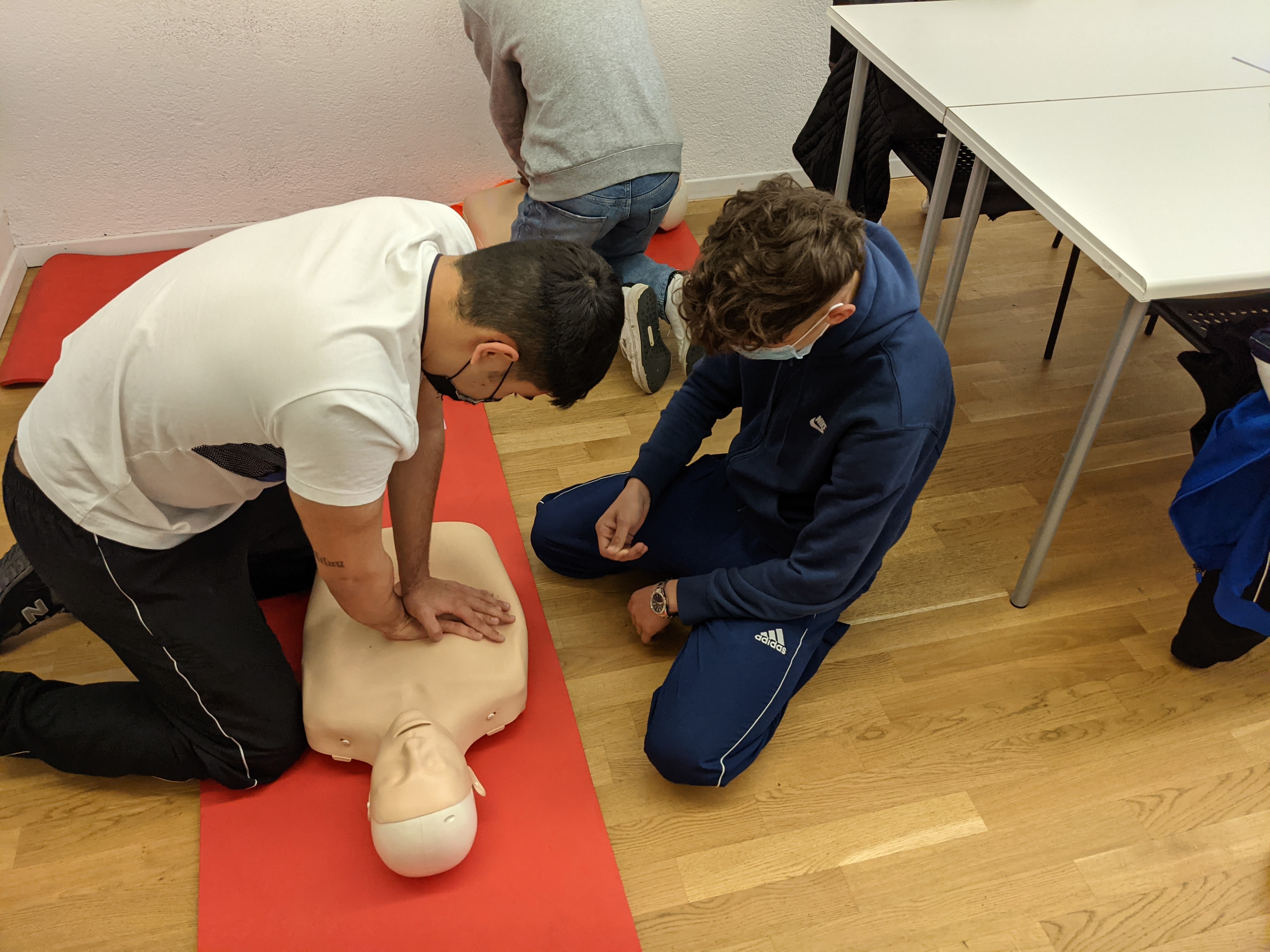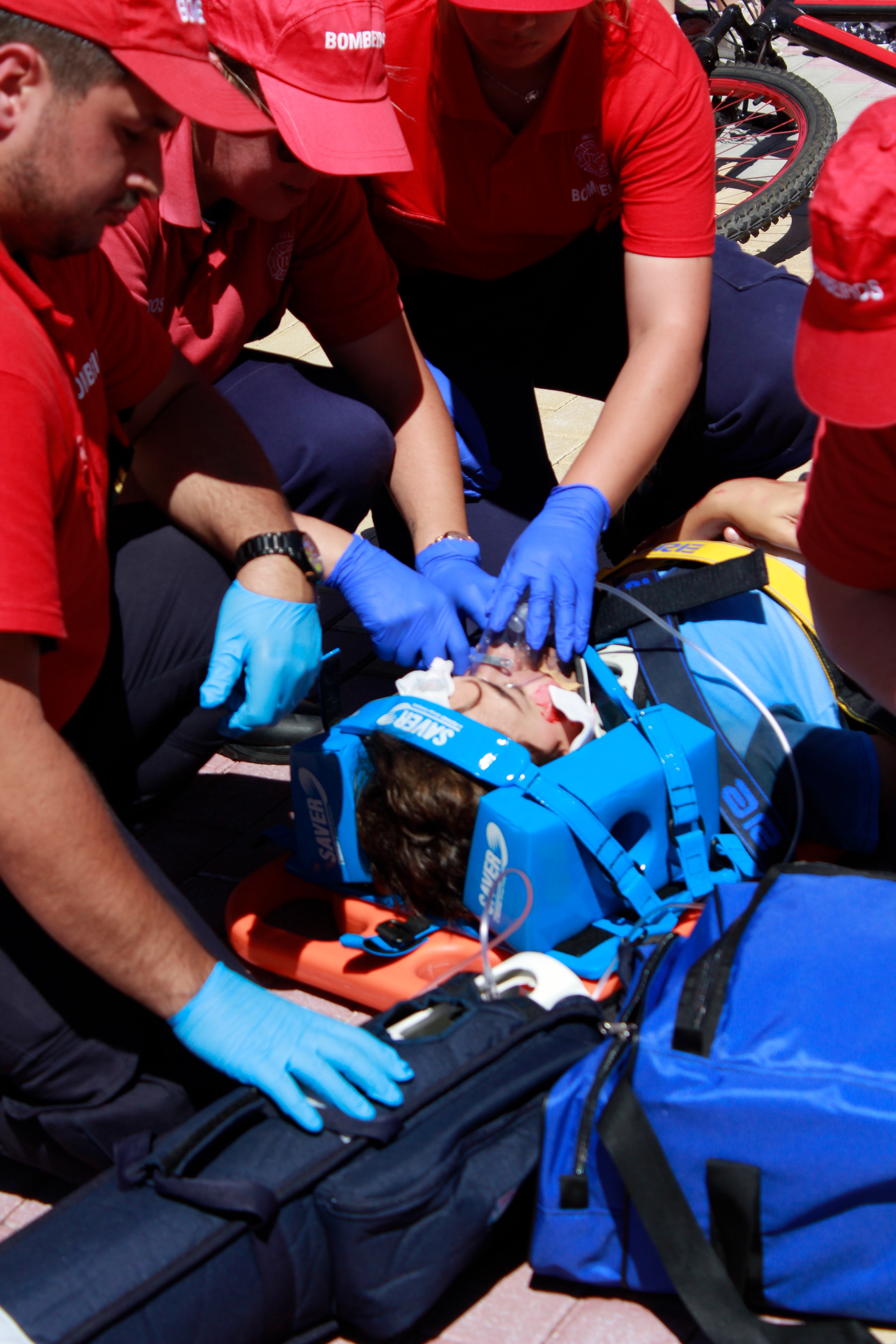If you train in first aid and don’t practise, you must take a refresher course to ensure that your skills are up-to-date.
First aid training is crucial to health and safety enforcement at work. It helps to enlighten your workforce on the action to take whenever there’s an accident or reported injury.
When planning for first aid training, reviewing your workplace safety needs and the government regulations in your country and line of work is critical. It’ll provide guidelines to formulate a first aid training course appropriate to your organisation. In addition, you must develop an internal policy to ensure that everyone in your organisation must learn first aid during an induction or as frequently as possible.
In this guide, you’ll learn how to structure your first aid training and ensure that it’s effective through consistently monitoring the results.
- First Aid Responsibilities
First aid at work is a shared responsibility between employers and their workforce. The following outlines legal obligations concerning first aid training:
Employers: It’s a requirement to consult the safety committee and get a comprehensive assessment of workplace risks. Update first aid equipment and certificates. It’ll provide a basis to facilitate the cost of first aid training and procurement of first aid supplies by looking at the number of employees that need training. Post signs that align with occupational health and safety regulations to guide facility users.
Workforce: The staff must uphold safety at work by conducting themselves in a manner that doesn’t put their lives at risk. Also, they’re responsible for reporting work-related injuries and illnesses, using first aid kits appropriately and when needed and informing their supervisors if the first aid kit doesn’t have enough supplies.
First aid trainers must also visit the site beforehand to develop suitable training content. For instance, a chemical handling plant and the human resource office should have different course content from conventional first aid training.
- Workplace Risk Assessment
Workplace assessment is critical when planning first aid training. It’ll help you to identify risks and develop countermeasures to eliminate the threats. Also, you’ll determine how much first aid kits and supplies to allocate to a workstation by considering the number of users.
The risk level depends on the workstation activities and the hazards involved in working in an area. Low-risk areas can include clerical and administrative work with less exposure to harm. However, you must consider the work environment and infrastructure under which people work as part of the workplace risk assessment.
- Provision of First Aid Kits

Two men performing CPR on practice manequin; image by Martin Splitt, via. Unsplash.com.
When planning first aid training, you must have a complete kit to support your course. It’ll help you to align with occupational health and safety regulations and simplify your training assimilation of what first aid action to administer during an accident.
It’s imperative to note that first aid kits have classifications, such as personal, basic and intermediate, that determine their use. In addition, they follow risk considerations, and the supplies vary depending on the underlying classification. A personal first aid kit is best for workplaces with single users; basic and intermediate are good, high-level risk and the number of workplace users is more than two.
- Selection of First Aid Trainers
People who administer first aid must undergo training before attending to anyone injured or taken ill. It’s a sensitive procedure that needs utmost care as you assist in managing the pain or discomfort experienced. So, you must consider the trainers you bring to train your workforce. You can review their credentials and track record or their affiliation with accreditation from medical practitioners.
- First Aid Certificates
First aiders must have certificates to show their qualifications to administer first aid to anyone injured or taken ill. Trainers are responsible for providing credentials to first aid trainees upon completion of their course. It’s crucial to ask if the first aid trainers have a system that ensures all participants get certified. It’ll ensure that you get the correct training and the medical community recognises the certificate.
- Surveillance And Refresher First Aid Courses
Training and practising first aid are different facets that may require consistent monitoring to ensure they’re well-managed. It’ll help to determine what action or procedure to use when attending to an injury or ailment. Also, you can assess the situation and decide if your qualification can help alleviate pain and discomfort.
If you train in first aid and don’t practise, you must take a refresher course to ensure that your skills are up-to-date. You can also revisit the course content to refresh your memory on the first aid training.
Final Thoughts
First aid training is no mean feat that needs utmost compliance to legal requirements and regulations. You must learn the responsibilities given to stakeholders and ensure that everyone is competent to perform first aid. It’ll help you to determine your training needs and develop a suitable plan to enforce safety and response at the workplace.


Join the conversation!